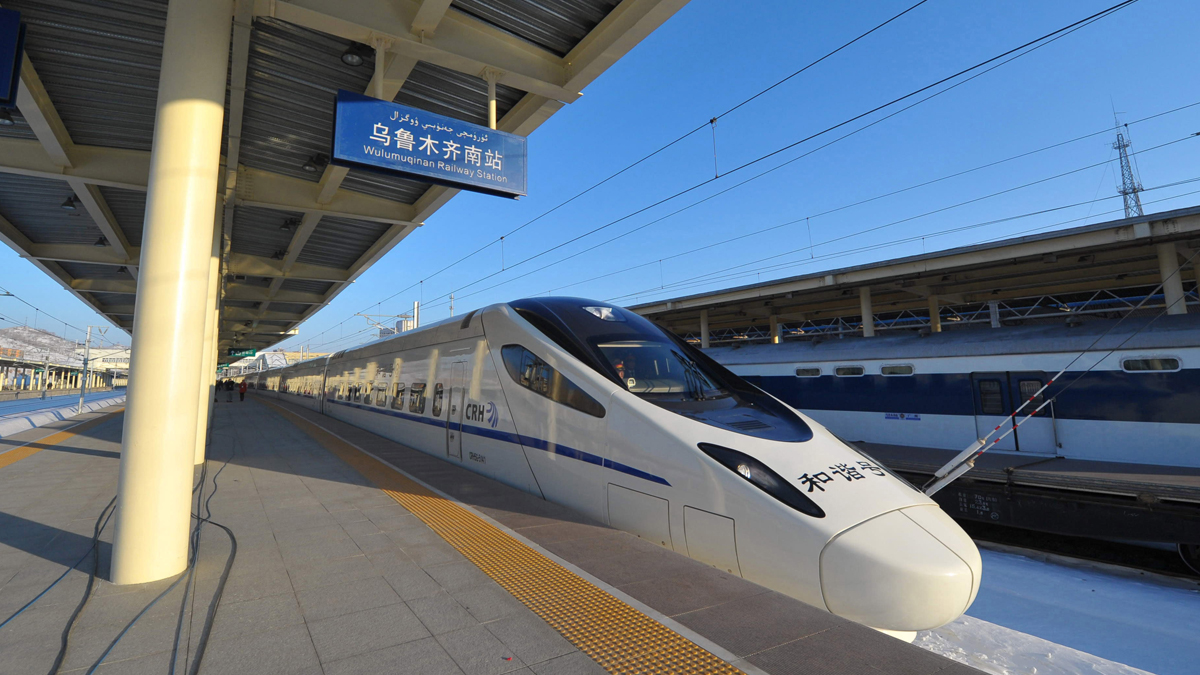
China Sees More Stations Shut Down as High-Speed Rail Debt Crisis Deepens
China’s aggressive expansion of its high-speed rail network is facing scrutiny as an increasing number of stations remain unused, leading to significant financial strain. A recent report from the China Business Journal highlights that at least 26 high-speed rail stations across the country are inactive due to their remote locations, insufficient surrounding facilities, and low passenger numbers.
Ineffective Investments
The report underscores that several cities have invested heavily in high-speed rail infrastructure, only to see many stations either closed or never operational. One such example is the Hainan Danzhou Haitou High-Speed Railway Station, which cost over 40 million yuan ($5.61 million) to construct in the 2010s but has not been used for more than seven years. Local authorities attributed the inactivity to a daily passenger flow of fewer than 100 people, which would result in substantial financial losses if the station were to operate.
Ghost Stations
Among the listed “ghost stations” are Wanning Hele Station of the Hainan Island Ring High-Speed Railway, Shenyang West Station of the Beijing-Harbin High-Speed Railway, and several stations of the Dandong-Dalian Express Railway. Stations like Jiulangshan in Zhuzhou City and Yizhuang of the Beijing-Tianjin Intercity High-Speed Railway were operational briefly but closed due to low usage.
Overcapacity Issues
Observers point out that the mass construction of high-speed rail is a reflection of the Chinese Communist Party’s (CCP) tendency towards blind infrastructure development, leading to overcapacity. Investments in these projects have been driven by both central and local governments through extensive borrowing, deepening the debt crisis.
Frank Xie, a professor at the Aiken School of Business at the University of South Carolina, criticized the lack of feasibility studies, such as those assessing passenger flow and public need, before undertaking such massive projects. He highlighted that these ventures, while boosting GDP and local political profiles, often result in significant wastage of state funds.
Economic Implications
The unsustainable nature of these projects has broader economic implications. As early as 2019, concerns were raised about the debt burden associated with China’s high-speed rail network, which, despite being the largest in the world, also leads in debt and operational losses. By the first half of 2022, China Railway Group’s debt had exceeded 6 trillion yuan ($828.5 billion).
Despite claims of profitability in 2023, public data reveals that by the end of that year, China Railway Group’s debt-asset ratio stood at 65.54 percent, with debts reaching 6.13 trillion yuan ($846.5 billion).
Future Risks
Chinese-American economist Davy Huang notes that the extensive infrastructure investments over the past 40 years, initially driven by the need to support exports, have now exceeded actual demands. This has resulted in a cycle of diminishing returns, with current economic conditions failing to sustain the momentum of rapid growth seen in the past. Huang pointed out that the high-speed railways, many of which were constructed over a decade ago, now require substantial maintenance funds, further exacerbating the debt problem.
Huang warned that the continued push for large-scale infrastructure projects to stimulate the economy, despite a lack of real demand, is rapidly increasing debt levels. Combined with existing local government debts, real estate debts, and financial sector issues, this raises the risk of an economic hard landing.
Conclusion
China’s high-speed rail project, once a symbol of rapid modernization and growth, is now a cautionary tale of overcapacity and debt. The increasing number of inactive stations underscores the need for more prudent investment strategies that align with actual market demands and economic realities. As the debt crisis deepens, the challenge for China will be to balance infrastructure ambitions with sustainable financial management.













Comments